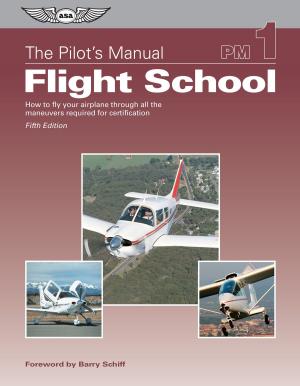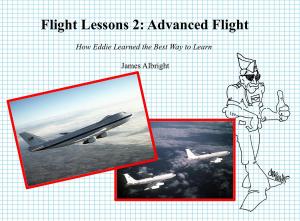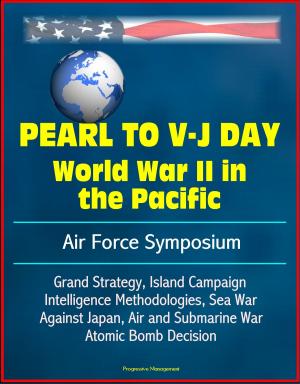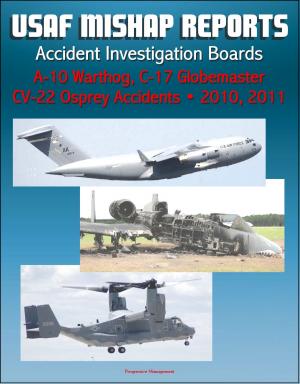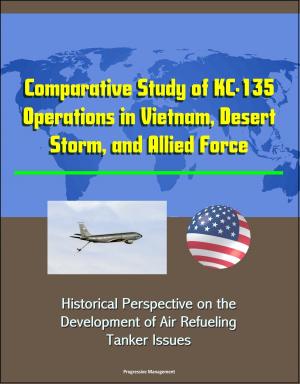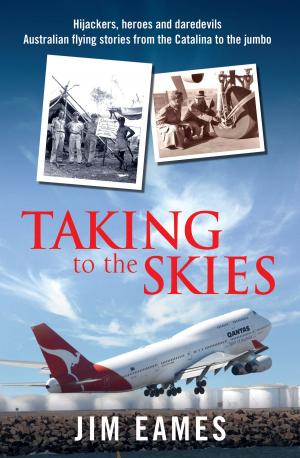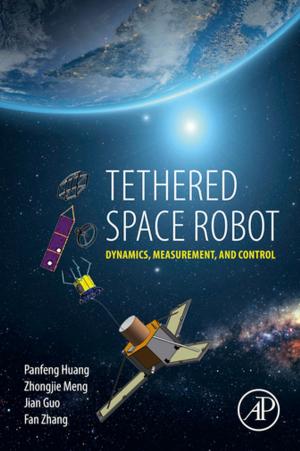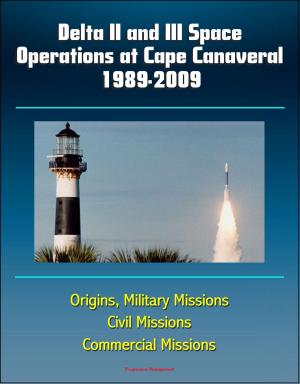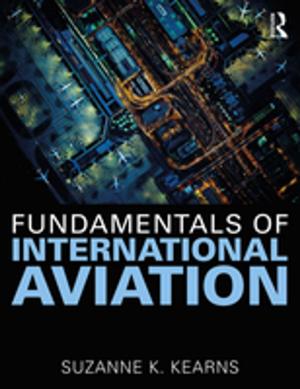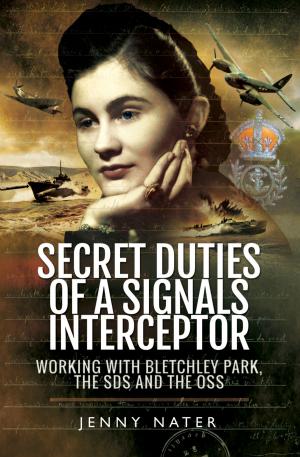Flying Bass Strait
Nonfiction, History, Australia & Oceania, Reference & Language, Transportation, Aviation| Author: | Jay Boag | ISBN: | 9781311697226 |
| Publisher: | Jay Boag | Publication: | January 1, 2014 |
| Imprint: | Smashwords Edition | Language: | English |
| Author: | Jay Boag |
| ISBN: | 9781311697226 |
| Publisher: | Jay Boag |
| Publication: | January 1, 2014 |
| Imprint: | Smashwords Edition |
| Language: | English |
The population of Tasmania, dependent on shipping since settlement, was inspired by a visiting aviator's demonstration of his flying machine in 1914. But no-one on that day could foresee the possibility of anyone being able to fly across the stormy waters of Bass Strait to the mainland.
Five years later, a daring young ex- Australian Flying Corps officer, Lieutenant Arthur Long, made the journey successfully. While some saw this as the beginning of the end of the State's isolation, he was convinced that regular travel by air between Tasmania and mainland Australia was impossible.
This story tells how he was proved wrong; how the use of land planes won over the widely held, and long believed view of the authorities that flying boats must be used for the service, and how regular mail and passenger services were gradually established by men who overcame great adversity; dreadful weather, no aids to navigation, and primitive landing grounds, to eventually end the State's dependency on shipping to transport mails and passengers across the Strait.
I recommend my book to you because it is a story worth telling to a generation with little appreciation of the risks, sometimes foolhardy, and the hardships and heartbreaks endured that ultimately resulted in Tasmanians getting the subsidised air services they deserved. And I am proud to say that many of the developments were initiatives of native born Tasmanians.
The population of Tasmania, dependent on shipping since settlement, was inspired by a visiting aviator's demonstration of his flying machine in 1914. But no-one on that day could foresee the possibility of anyone being able to fly across the stormy waters of Bass Strait to the mainland.
Five years later, a daring young ex- Australian Flying Corps officer, Lieutenant Arthur Long, made the journey successfully. While some saw this as the beginning of the end of the State's isolation, he was convinced that regular travel by air between Tasmania and mainland Australia was impossible.
This story tells how he was proved wrong; how the use of land planes won over the widely held, and long believed view of the authorities that flying boats must be used for the service, and how regular mail and passenger services were gradually established by men who overcame great adversity; dreadful weather, no aids to navigation, and primitive landing grounds, to eventually end the State's dependency on shipping to transport mails and passengers across the Strait.
I recommend my book to you because it is a story worth telling to a generation with little appreciation of the risks, sometimes foolhardy, and the hardships and heartbreaks endured that ultimately resulted in Tasmanians getting the subsidised air services they deserved. And I am proud to say that many of the developments were initiatives of native born Tasmanians.

